This article is part of Carrier Management’s series on the Future of Insurance.
Taking our cue from Standard & Poor’s Director Tracey Dolin-Benguigui, who predicted during an S&P insurance conference that “the property/casualty insurance industry will look very different in the next 10 years than it has in the last 30,” we asked the leaders of new firms and old to share their visions of the industry between 2017 and 2027.
Pranav Pasricha, CEO, Intellect SEEC said it will only take three years for 30 years’ worth of change.
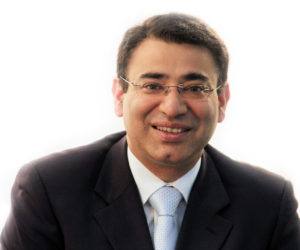 Pranav Pasricha, CEO, Intellect SEEC
Pranav Pasricha, CEO, Intellect SEECQ: What major changes do you see on the horizon for the property/casualty insurance industry in the next 10 years? What will insurance companies, insurance leaders, the industry and its workforce look like in the next decade? What risks will they insure?
Pasricha (Intellect SEEC): The insurance industry will change more in three years than in the last 30, and the disruption that is about to hit us won’t take that long to change the landscape. This is the “Exponential Age.” Internet business models took 10 years to take hold in insurance; mobility took about three to five years; and AI, machine learning and big data will be even faster.
The combination of big data and AI will fundamentally change the paradigms of insurance in all respects: distribution, underwriting and rating, and claims assessment. Historically, people have filled out forms (earlier paper, and now electronic) to gather risk information, and it was usually done through agents and passed on to underwriters, who assessed risk based on traditional underwriting rules and priced based on statistical models of historic data.
Today, there are thousands of structured and unstructured sources that can provide a lot more information—not just about the risk but also its operating environment, people and business practices that may influence its loss propensity. These may include social media, traditional media, various government and private databases, information from IoT and telematics devices, and satellite and drone feeds. This vast information set can be assessed automatically and objectively by AI-based programs and will produce a much better risk assessment.
Insurance companies are still dealing with a lot of processes that require human intervention and judgment. Over the years, we have taken paper-based processes and digitized them in many places, and some automation of basic tasks have evolved. However, it is still one of the most labor-intensive sectors of the services industry. In the future, we envision significant elimination of these basic processes and therefore a reduction in the headcount of insurance companies—perhaps down to about one-half to one-third of the current workforce. For example, AI and big data-based front-end platforms can eliminate or significantly reduce the need for agents and underwriters for all but some of the most complex products. Robo-advice platforms can do much better holistic risk and needs assessments to recommend products. Big data platforms can virtually eliminate application forms and the whole process of checking and assessing them. Machine learning-based tools can do automated underwriting.
The products offered by a large part of the traditional insurance market are set to change in the next decade as well. For example:
- Auto insurance is at a high risk of becoming irrelevant as we get autonomous vehicles. Rather than insuring drivers and vehicles, we may insure liability for road construction, autonomous driving software and true “act of god” incidents.
- Home and some property classes will be more automated and premiums will be calculated based on sensor data feeds from IoT devices, based on things like risk of water leaks, how much traffic and activity there is in the house, and how many times doors and windows are left open or unlocked.
- Workers compensation will evolve and become largely about proactive workplace safety rather than paying for losses post-accident. With IoT, augmented reality and other such developments, the number of workplace injury incidents will come down, as will losses. This will be offset by insurance companies spending more on safety promotion and monitoring, supporting healthy workplace practices and supporting return-to-work for injured workers.
- Newer risk classes will emerge or grow, such as cyber insurance, drones, software/AI liability, terrorism (hopefully not), protection for alternative financial assets/transactions, and geopolitical risks.
Q: How will insurance products and services be distributed?
Read more Future Insights by person
 Mike Albert, Co-Founder, Ask Kodiak
Mike Albert, Co-Founder, Ask Kodiak Tim Attia, CEO and Co-Founder, Slice Labs, Inc.
Tim Attia, CEO and Co-Founder, Slice Labs, Inc.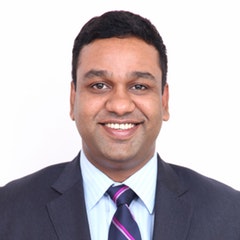 Arun Balakrishnan, CEO, Xceedance
Arun Balakrishnan, CEO, Xceedance Ilya Bodner, CEO, Bold Penguin
Ilya Bodner, CEO, Bold Penguin Bobby Bowden, Executive Vice President, Chief Distribution and Marketing Officer, Allied World
Bobby Bowden, Executive Vice President, Chief Distribution and Marketing Officer, Allied World Andy Breen, Senior Vice President, Digital, Argo Group
Andy Breen, Senior Vice President, Digital, Argo Group Adam Cassady, CEO, Tyche Risk
Adam Cassady, CEO, Tyche Risk Chris Cheatham, CEO, RiskGenius
Chris Cheatham, CEO, RiskGenius Trent Cooksley, Head of Open Innovation, Markel Corporation
Trent Cooksley, Head of Open Innovation, Markel Corporation Mike Foley, CEO, Zurich North America
Mike Foley, CEO, Zurich North America Guy Goldstein, Co-Founder and CEO, Next Insurance
Guy Goldstein, Co-Founder and CEO, Next Insurance Mike Greene, CEO & Co-Founder, Hi Marley
Mike Greene, CEO & Co-Founder, Hi Marley Brian Hemesath, Managing Director, Global Insurance Accelerator
Brian Hemesath, Managing Director, Global Insurance Accelerator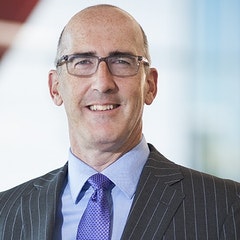 Russell Johnston, CEO, QBE North America
Russell Johnston, CEO, QBE North America Dr. Henna Karna, Managing Director and Chief Data Officer, XL Catlin
Dr. Henna Karna, Managing Director and Chief Data Officer, XL Catlin Tony Kuczinski, President and CEO of Munich Re, US
Tony Kuczinski, President and CEO of Munich Re, US Rashmi Melgiri, Co-Founder, CoverWallet
Rashmi Melgiri, Co-Founder, CoverWallet David W. Miles, Co-Founder and Managing Partner, ManchesterStory Group
David W. Miles, Co-Founder and Managing Partner, ManchesterStory Group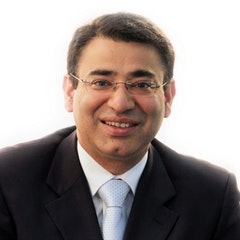 Pranav Pasricha, CEO, Intellect SEEC
Pranav Pasricha, CEO, Intellect SEEC Mike Pritula, President, RMS
Mike Pritula, President, RMS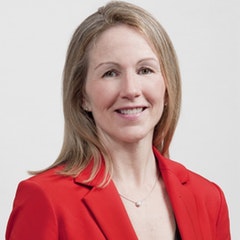 Kathleen Reardon, CEO, Hamilton Re
Kathleen Reardon, CEO, Hamilton Re Jeff Richardson, Senior Vice President, OneBeacon Insurance Group
Jeff Richardson, Senior Vice President, OneBeacon Insurance Group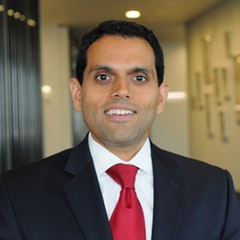 Vikram Sidhu, Partner, Clyde & Co
Vikram Sidhu, Partner, Clyde & Co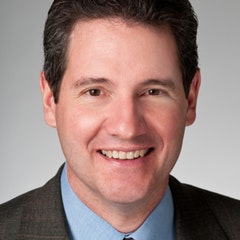 Christopher Swift, CEO, The Hartford
Christopher Swift, CEO, The Hartford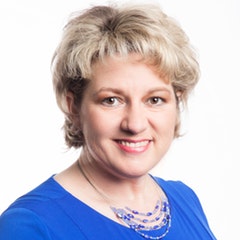 Rebecca Wheeling Purcell, Schedule It
Rebecca Wheeling Purcell, Schedule It Keith Wolfe, President US P/C—Regional and National, Swiss Re
Keith Wolfe, President US P/C—Regional and National, Swiss Re

Get the responses of all 26 leaders neatly packaged in single PDF download. More than 43 pages of content.







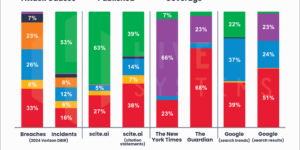












 Reporter’s Notebook: ‘Nobody Else Does Telematics,’ Lemonade Exec Says
Reporter’s Notebook: ‘Nobody Else Does Telematics,’ Lemonade Exec Says  What’s Not Changing in 2025: Homeowners Outlook, Re Retentions
What’s Not Changing in 2025: Homeowners Outlook, Re Retentions  Slideshow: Carrier Management’s 2024 Top Editor’s Picks (Unlocked)
Slideshow: Carrier Management’s 2024 Top Editor’s Picks (Unlocked)  Mixed Bag: What Trump 2.0 Tariffs, DOGE Activities Mean For Insurers
Mixed Bag: What Trump 2.0 Tariffs, DOGE Activities Mean For Insurers 



